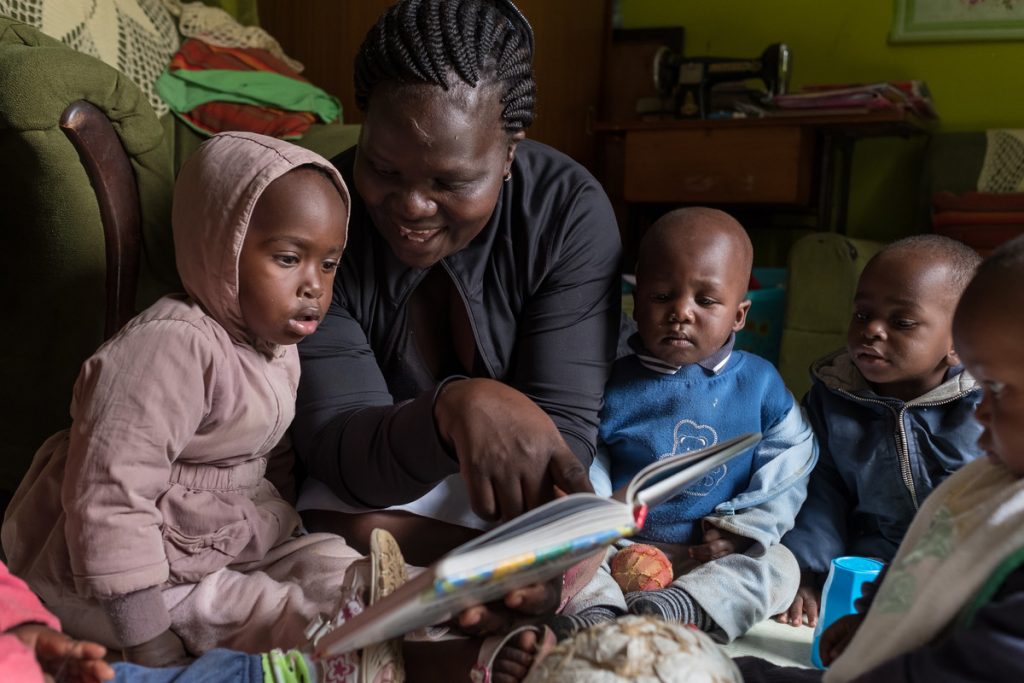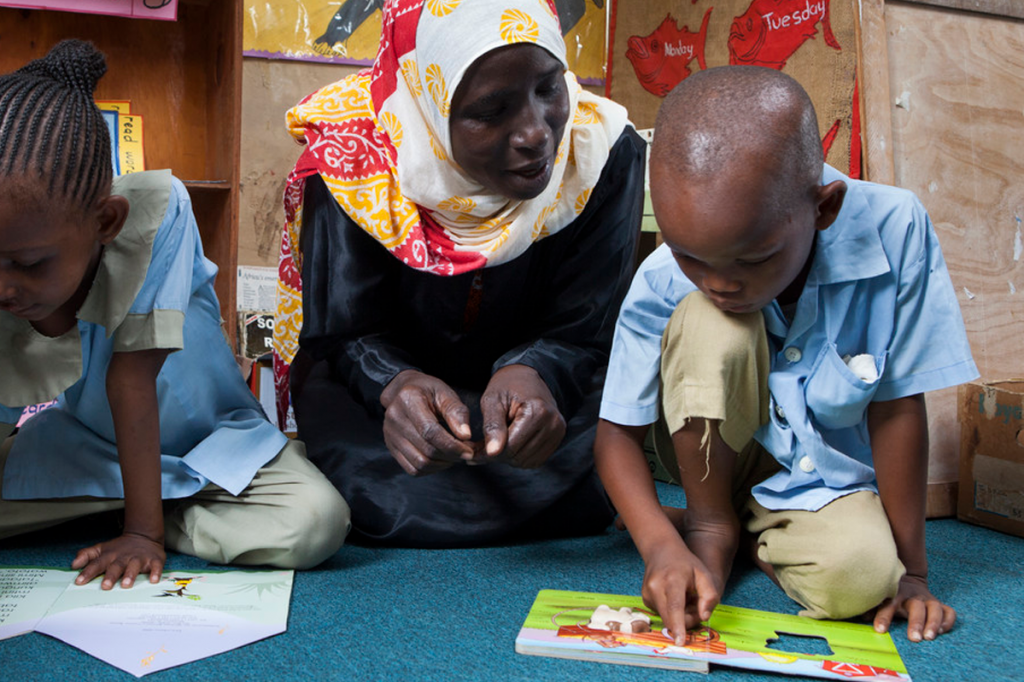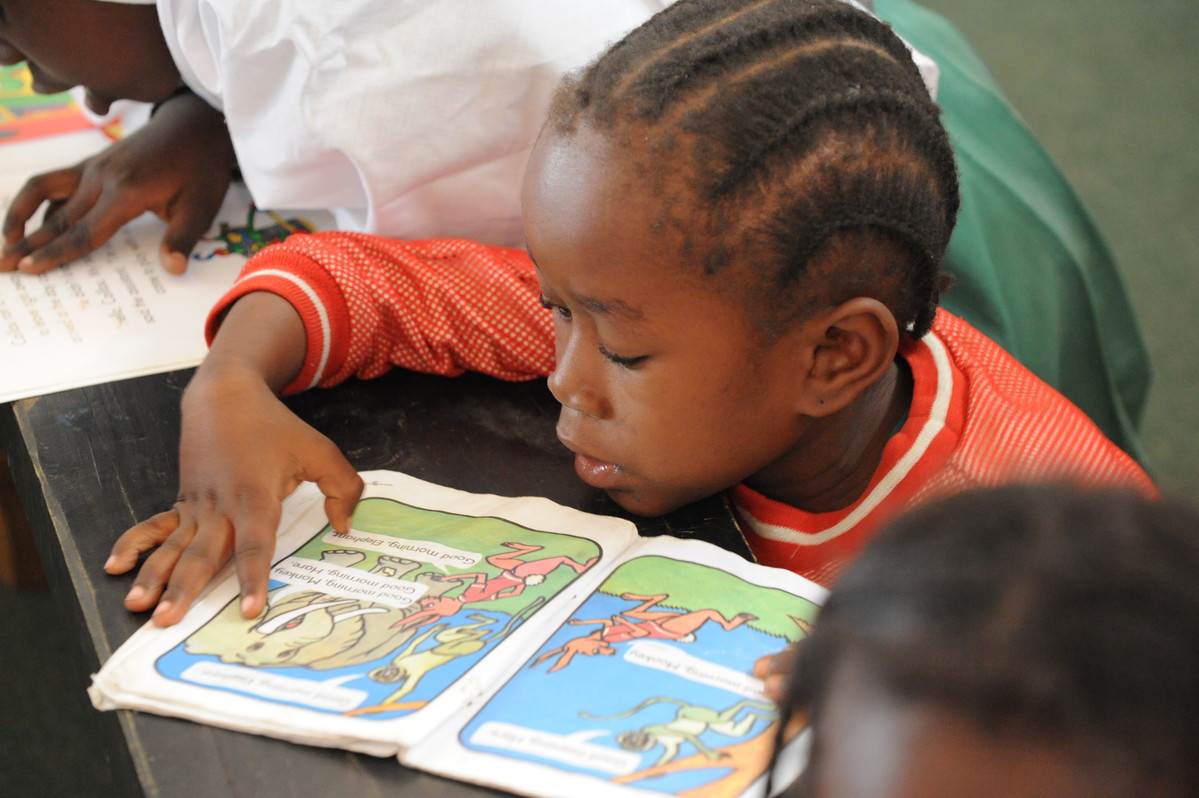“One of the old men…took a book from the table and showed me some scratches on a page. The old man asked me to identify the scratches, but I could not make sense of them. When he told me it was a picture of a man I thought he was joking! I was used to seeing people standing or walking but not represented on a piece of paper!“
Tepilit Ole Saitoti, The Worlds of a Maasai Warrior
If you are reading this article, you probably have easy access to a computer, tablet, or phone. From birth, children growing up in high-income and/or urban areas are immersed in environments with many kinds of visual representations, like picture books, family photographs, televisions, and billboards. Previous research shows that children living in high-income, urban contexts like Toronto have a rich understanding of pictures by at least late infancy or toddlerhood. In many parts of the world, people’s daily lives are inundated with screens and symbols, making pictures seem intuitive and obvious.

But these picture-rich environments are highly unusual. Indeed, many children today grow up in relatively low-income, rural areas, and have less frequent experience with visual representations. These children may not have books or photographs in their homes, and live in an area without flashy billboards. Less is known about when and how children growing up in these environments understand pictures. A handful of studies in rural Tanzania, Peru, and India suggest that children growing up in early environments with less visual representations perform better at cognitive tasks involving actual objects, compared to cognitive tasks involving pictures.
As the world becomes increasingly interconnected, Western-developed education materials and assessment tools have expanded globally. As these materials spread, educators and researchers make an implicit assumption: that young children across cultures and contexts understand pictures in the same way. But what if this assumption does not hold? Differences in picture comprehension can change the efficacy of learning materials and the validity of assessment scores. A child who has a different understanding of pictures might respond differently to information conveyed through picture books, just as an English-speaker might have difficulty following instructions in Swahili.

Our research asks: how and when do children across cultures and contexts understand pictures? And consequently, are pictures appropriate learning and assessment tools globally? We will conduct picture comprehension tasks with coastal Kenyan preschoolers from both rural and urban areas, to examine whether the amount of picture exposure in a child’s early environment is related to their picture comprehension abilities. We will also examine whether children’s picture comprehension abilities relate to their later school performance.
Differences in picture comprehension can change the efficacy of learning materials and the validity of assessment scores.
One possibility is that all children, regardless of their early environment, understand pictures in the same way, around the same age. If this is the case, pictures are appropriate learning and assessment tools globally. Another possibility is that children with less exposure to visual representations in their early environment understand pictures differently than children who have frequent early exposure to visual representations. If this is the case, pictures may not always be appropriate learning and assessment tools. Consequently, teachers might dedicate classes to help young learners better understand pictures, before using school materials involving pictures. Researchers might promote picture book exposure in early childhood. Regardless, our research hopes to provide further insight into how to appropriately assess children’s early cognitive abilities, and to help children reach their full academic potential.
This article was written by Rebecca Zhu for Schools2030. Rebecca is a PhD Candidate in Developmental Psychology at the University of California, Berkeley.
